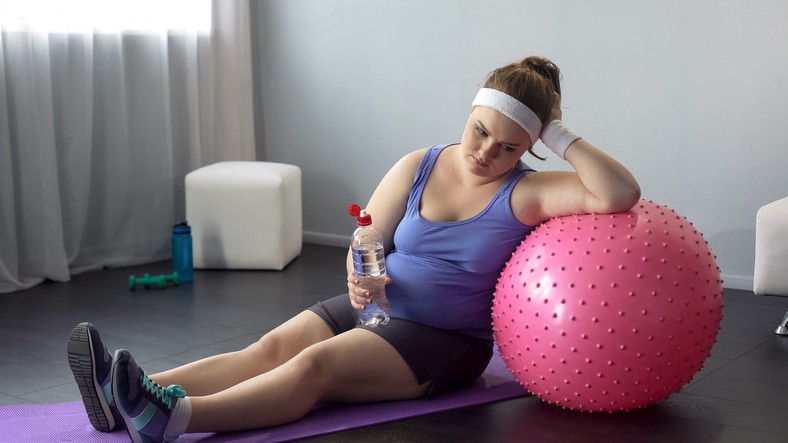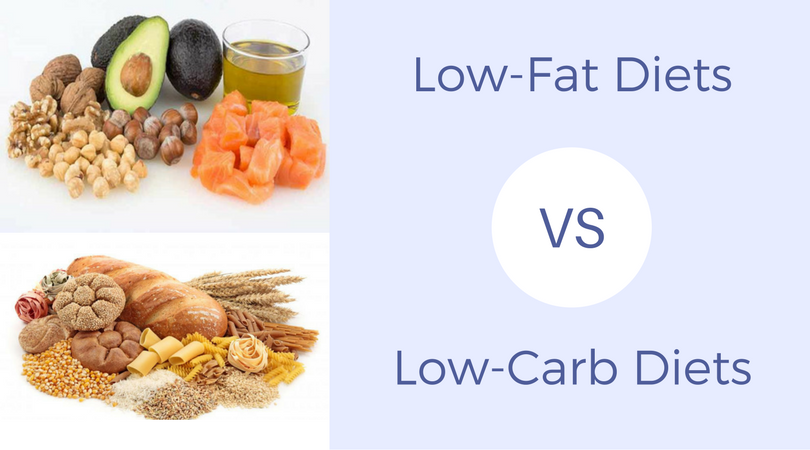
Calories refer to the units that measure the amount of energy that is obtained from food. They are typically expressed in kilocalories (kcal), which can be thousands of calories. For example, a carrot is able to provide 25,000 calories; while running on a treadmill for 30 minutes burns 300,000. Most people use the term 'calories' instead of 'kilocalories to describe the energy gained from different food and activities.
Nutritional value of food
Nutrition labels on food packaging show the number of calories in a serving, often in kilocalories or kilojoules. These figures are a metric way of expressing calories, and can tell you whether a serving is high or low in a nutrient.
It is important to note that the amount listed on the label may not be equivalent to the amount of food you consume. This is because certain foods contain more water or air. A cup of spinach cooked in water is about the same as a cup raw. It is important for you to compare the serving size and the %DV.

The effects of a calorie deficit on bodyweight
A calorie deficit is when you eat less food than your body needs. This can help to lose weight. You can lose weight by having your body break down food and store energy for later. The challenge of creating a calorie surplus can be daunting. A nutritionist or doctor can help you calculate the right amount of caloric intake for your lifestyle. How healthy you are depends on your lifestyle, health, and genetics.
A calorie deficit causes the body to burn stored fat as energy. Your body will lose weight as fat is converted into energy. In order to create a calorie deficit you must know how many calories per day you require to maintain your current weight. This number is an excellent starting point.
Calories surplus and body weight
Caloric surplus is the process in which you consume more calories than your body uses, and those extra calories are used to build muscle and gain body weight. This is essential for muscle growth. It's also important for recovery and the well-being of other tissues. But, it's important to limit your intake of calories when you want to gain muscle.
The ideal caloric surplus is a surplus of about 200 calories per kilogram of body weight. But this number is not a fixed one. This means that each person's calorie surplus needs to be adjusted. A calorie surplus can lead to excess body fat and other health problems. Hormone imbalances and changes in eating habits can occur when there is a chronic calorie surplus.

Calculating calorie deficit
Calorie deficit is an important step in your weight-loss plan. Your body needs a certain amount of calories every day to perform its normal functions. These include breathing and heart rate, digestion, exercise, and even working out. To maintain your weight, you need to consume less calories each day. This number of calories is referred to as your maintenance calories. A calculator or app can be used to calculate how many calories your body burns each day.
Although it can be difficult to calculate a calorie deficit, the science behind it is simple. The key is to analyze your lifestyle and make necessary changes. Setting realistic goals is key. Remember that weight loss will take time.
FAQ
Are cardio exercises a good way to lose weight quickly?
Cardio exercises are great for burning calories and helping you lose weight. It all depends upon how much fat you have stored, and what type or exercise you do.
If you're overweight, then cardio exercises may not be enough to burn off all those extra pounds.
You should combine them with dieting or other types exercise.
For example, running or jogging are great cardio exercises to help you lose weight quickly. These activities burn more calories that any other form.
However, if you want to gain muscles instead of losing fat, you must perform resistance training. Resistance training is done with no cost weights, machines, elastic bands, or other equipment.
You can lose weight quickly by combining cardio and resistance training.
Combining cardio and resistance training is a great way to quickly lose weight.
How Much Exercise is Required to Lose Weight?
The amount of exercise needed for weight loss depends on several factors, including age, gender, body type, and how much you weigh. Most people require at most 30 minutes of moderate physical activity five times per week.
The American College of Sports Medicine recommends that you do 150 minutes of moderate intensity aerobic activity per week. This should be spread over three days.
For example, if you want to lose 10 pounds, aim to do 300 minutes of moderate-intensity exercise each week. This includes activities such swimming laps (brisk walking), biking, dancing and playing tennis.
Start out with 20 minutes of vigorous physical activity three times weekly if you're just getting started. It could be sprinting, lifting weights, jumping rope or fast walking.
Aerobic exercise can also help you burn calories and increase muscle mass. Muscles can burn more calories that fat. You may be able to achieve your goal quicker by building muscle and losing fat.
What can I eat in the morning while intermittently fasting
Water should be consumed first thing in the AM. It helps you feel full faster and gives you energy throughout the day. To add some flavor, you can add lemon juice to the mix or cucumber slices.
Statistics
- According to Harvard Health, it's estimated that a 155-pound (70-kg) person burns roughly 112 calories per 30 minutes of weight training (5). (healthline.com)
- One study in 9 active men found that HIIT burned 25–30% more calories per minute than other types of exercises, including weight training, cycling, and running on a treadmill (18Trusted Source (healthline.com)
- One 6-month study showed that simply doing 11 minutes of strength-based exercises 3 times per week resulted in a 7.4% increase in metabolic rate, on average. (healthline.com)
- According to a study sponsored by the American Council on Exercise, a person weighing around 140 pounds (64 kg) would burn 108 calories at a 30-minute beginner's Pilates class or 168 calories at an advanced class of the same duration (26). (healthline.com)
External Links
How To
How to exercise to lose weight
The best way to lose weight is through exercise. Many people are not aware of how to properly exercise. Cardio exercises include walking, running, swimming and cycling. Strength training should also be included such as lifting weights, doing pushups, pullups, squats, lunges etc. Combining both of these exercises will help you lose weight the most. Start exercising and find friends to support you. You can exercise at a gym or simply walk around the block. It doesn't matter what activity you choose; just make sure you do it consistently. It's very easy to get off track when you first start working out, so don't give up if things aren't going well right away. Keep going!